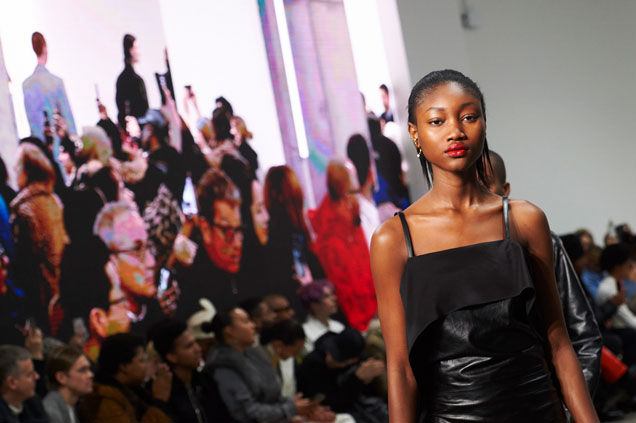This post has been updated.
Last season, the New York Fashion Week runways made significant progress in every diversity category we examine, namely race, size, age and gender inclusivity. This season, with several diversity heavy hitters — Savage x Fenty, Pyer Moss, Tome, Opening Ceremony, Calvin Klein, etc. — gone from the calendar, it was unclear whether those that remained…




